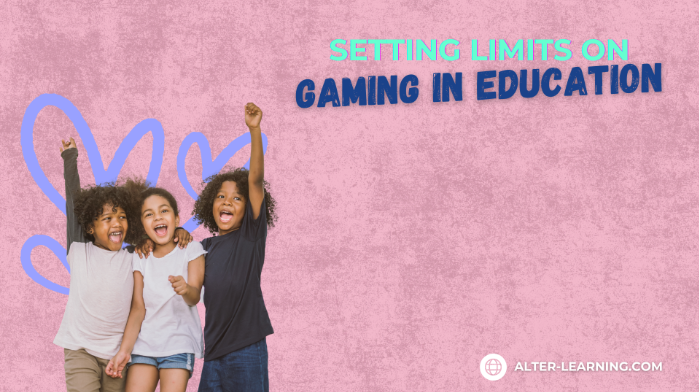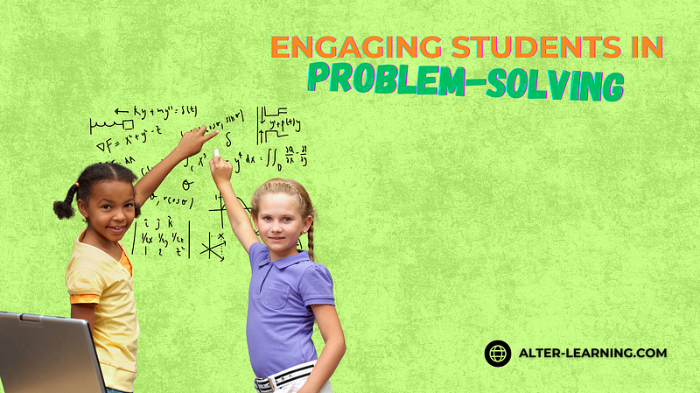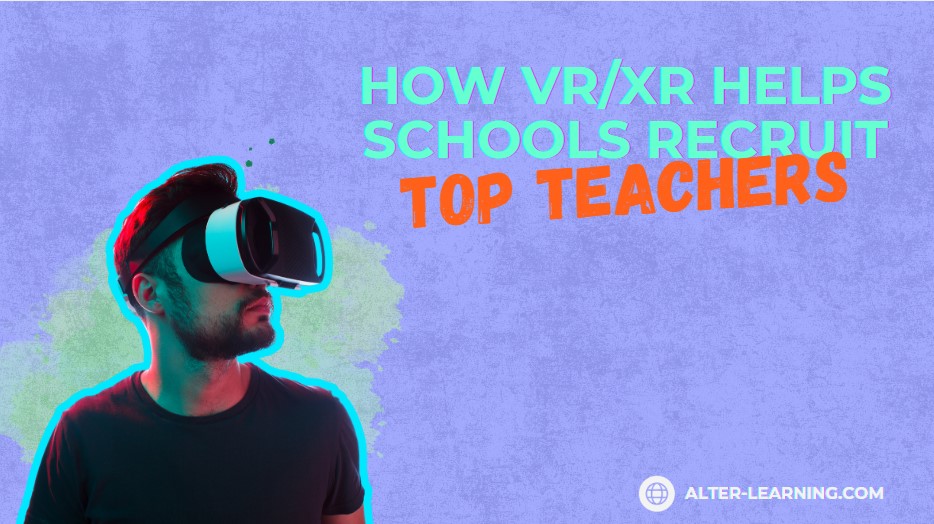Educational games can offer powerful learning experiences—bringing STEAM subjects to life, promoting collaboration, and encouraging critical thinking. But as with any digital tool, moderation is key. Teachers and families often wonder: How much gaming in education is too much? How can we balance the benefits of interactive learning with the need to manage screen time? The answer lies in thoughtful planning, intentional design, and clear boundaries.
With the right approach, educational gaming can enhance learning without contributing to digital fatigue.
Recognizing the Value—And the Limits—of Educational Games
Educational platforms such as Alter-Learning that incorporate interactive STEAM learning, science games for kids, or engineering challenges for students can boost engagement and deepen understanding. But even the most well-designed games are only part of a complete learning environment. Balancing screen time requires recognizing that digital tools work best when they complement—not replace—hands-on learning, face-to-face interaction, and downtime.
Educational games may:
- Support core subjects like math, science, history, and the arts,
- Offer immersive learning environments that encourage exploration and problem-solving,
- Provide differentiated instruction for diverse learners,
- Reinforce collaboration through multiplayer or co-op tasks.
But they should be part of a broader mix that also includes reading, discussion, offline projects, and unstructured play.
Practical Tips for Setting Screen Time Limits
Creating healthy boundaries for educational gaming isn’t about eliminating technology—it’s about integrating it thoughtfully. Whether in the classroom or at home, simple strategies can help maintain balance.
For educators, this might include:
- Scheduled game-based lessons, with clear learning objectives and time limits,
- Rotating activities, combining interactive VR simulations or AR learning experiences with group discussions and offline tasks,
- Screen breaks, encouraging movement, reflection, or hands-on projects between sessions,
- Progress monitoring, using teacher dashboards to track not only time spent, but learning outcomes achieved.
At home, families can support balance by:
- Setting clear expectations for when and how educational games are used,
- Encouraging students to explain what they learned during gameplay,
- Limiting passive screen time in favor of interactive, purposeful experiences,
- Including physical activity, outdoor time, and non-digital hobbies in daily routines.
These practices help ensure that technology serves learning—without overwhelming it.
Choosing Games That Respect Time and Attention
Not all educational games are designed with healthy use in mind. Platforms that offer clear progression, structured tasks, and built-in stopping points make it easier to manage time. Look for games that:
- Include self-paced lessons with natural breaks for reflection,
- Allow for short, focused sessions rather than endless play loops,
- Offer teacher or parent controls to manage time and guide usage,
- Provide a mix of interactive content—from virtual chemistry labs to 3D geometry puzzles—without requiring constant screen time.
When games are designed to integrate smoothly into lessons or daily routines, it becomes easier to use them as part of a balanced educational experience.
Encouraging Reflection Beyond the Screen
Gaming in education isn’t just about what happens during play—it’s about what happens after. Encouraging students to reflect, apply, and discuss what they’ve learned can extend the value of educational games while naturally reducing excessive screen time.
Reflection strategies may include:
- Journaling or sketching concepts explored in science games or engineering simulations,
- Class discussions connecting gameplay to real-world STEAM topics,
- Offline projects inspired by digital lessons, like building models or conducting simple experiments,
- Creative arts activities, from composing music to designing artwork based on virtual learning experiences.
By integrating technology with offline learning and personal reflection, educators can help students see gaming not as an escape—but as part of a rich, well-rounded education.
Striking the Right Balance
Educational gaming can open doors to curiosity, collaboration, and deeper learning. But, like any tool, its value depends on how it’s used. With clear limits, intentional design, and a balanced approach, educators and families can ensure that screen time remains purposeful—and that students benefit from both the digital and real-world experiences that shape their growth.
When technology is used with care, gaming in education doesn’t have to be a concern. It can be part of a thoughtful learning journey—one where critical thinking, creativity, and healthy habits grow side by side.
Follow Alter-Learning for more insights into immersive education, edtech success stories, and the future of learning. Want to explore how VR/AR could transform your school or learning platform? Let’s connect.




